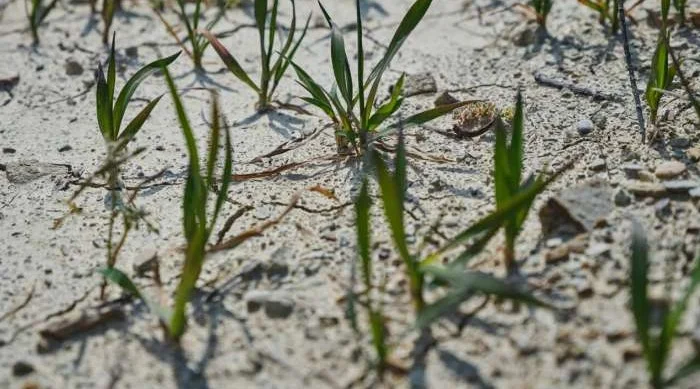A new scientific study shows how periods of drought affect photosynthesis during the day. The study found that plants in normally dry regions increased their CO consumption. 2 reduces photosynthesis during a heat wave in the morning and in the afternoon and afternoon. The researchers analyzed data from the next-generation stationary satellites.
Dr. Benjamin Dechant is a postdoctoral researcher at the University of Leipzig and carries out his research at the Synthesis Center of the German Research Center for Integrative Biodiversity (iDiv). A physicist and ecologist, Dechant focuses his research on the spatio-temporal patterns and dynamics of plant photosynthesis, as well as the properties of leaves and treetops.
Data for the study was collected in part during the 2020 US heat wave. Dechant contributed to the publication of the South Korean research team and discussed key findings in an interview.
When it’s extremely hot and dry, plants shift photosynthesis to morning hours, Dr.Dechant said. Why is this finding so important to research?
While this understanding is not actually new, it has previously been based only on small-scale investigations of individual plant species or ecosystems, for example at the level of a forest zone, and has not yet been observed on a larger scale by satellites. The new study is the first to measure this shift by morning across the entire continental US, based on satellite measurements. The results can be used to evaluate and improve simulation results of vegetation models, for example, as they are important for predicting the global carbon cycle.
As global warming increases, the photosynthetic activity shift phenomenon is likely to occur more frequently. What consequences might this have for individual plants and entire ecosystems?
For photosynthesis to occur, plants must open pores in their leaves, which causes water to evaporate. During times of drought and heat, individual plants need to minimize water loss while maintaining a minimal amount of photosynthesis. If these conditions continue for a long time and the plants do not get enough water from their roots, it can lead to the death of more plants, especially plant species that cannot adapt to such extreme environmental conditions. .
At the ecosystem level, a significant reduction in water evaporation from leaves later in the day can also affect temperature. This evaporation of water usually cools the air and the cooling effect is less than under normal conditions. This can adversely affect the animals living in these ecosystems, for example, and of course have a tangible impact on cities as well. It can also lead to feedback effects where droughts are exacerbated by reduced evaporation.
The research group you joined evaluated stationary satellite data for research. These are satellites that are always above a point on the Earth’s surface. What makes these satellites so valuable for your research?
Geostationary satellites have been used for communications and weather monitoring purposes (such as hurricanes and cyclones) for decades, but have had only limited uses for vegetation studies. The new types of stationary satellites are equipped with sensors that cover the portion of the electromagnetic spectrum needed to monitor vegetation.
Although the spatial resolution of these stationary satellites is not as high as that of “conventional” satellites, they have the important advantage of having a very high temporal resolution of five minutes to an hour. This allows us to continuously make relevant measurements throughout the day, otherwise only possible with measuring towers on the Earth’s surface.
Researchers can obtain many more measurements in cloudless conditions with this technology. It is also important for research on seasonal time scales, such as plant phenology, and is key in regions with higher cloud cover, such as the tropics, which play an important role in the global carbon cycle.
In the future, a network of several fixed satellites will appear that will make similar measurements and cover almost the entire globe. One of these will be the ESA Sentinel-4 satellite, which will be put into orbit next year as part of the highly successful Copernicus program.
Source: Port Altele
